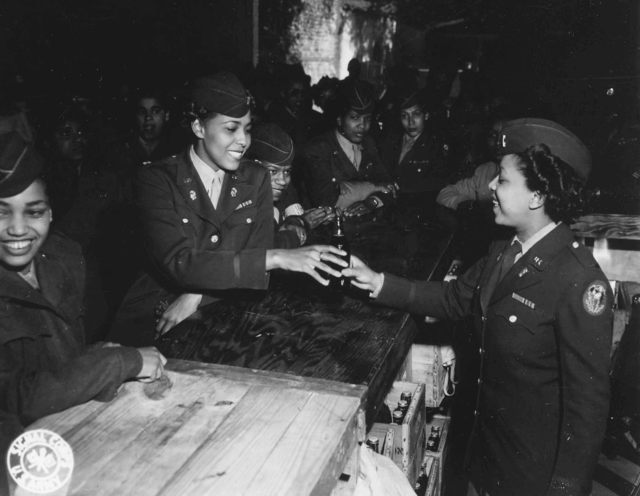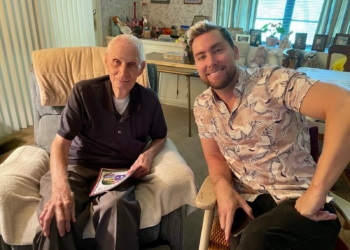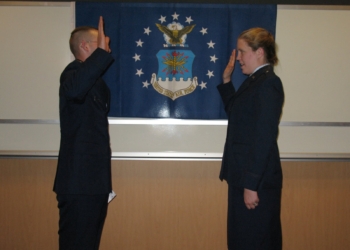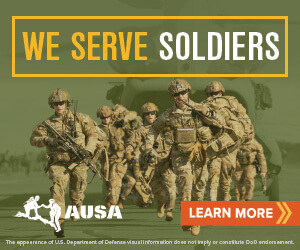In honor of Women’s History Month, Military Families takes a look back on the contributions women have made on the force.

Loretta Perfectus Walsh became the first American woman to officially join the military when she enlisted in the Navy on March 21, 1917. But the history of America’s military women started decades earlier with the American Revolution.
Revolutionary War
The most well-known woman to serve in combat during the Revolutionary War was Deborah Sampson. She dressed as a man and, when she was wounded, a doctor discovered she was a woman. She was quickly discharged from service. And while women in combat is one part of the story, they also supported the military as spies, nurses, seamstresses and cooks.
Civil War
Women continued to support the military during the Civil War. Harriet Tubman, well-known for her work on the Underground Railroad, also was a spy for the Union Army. She’s credited as the first American woman to lead a military operation, the Combahee Ferry Raid. Other women supported the war effort just as they had during the Revolutionary War as nurses, seamstresses, spies and cooks.
World War I
It wasn’t until 1917 – when there weren’t enough men signing up to serve – that Secretary of the Navy Josephus Daniels opened certain roles for women so more men could serve overseas. In 1918, he approved continued expansion, allowing women to join the Marine Corps. More than 35,000 women served in the military in World War I and their willingness to step up helped propel the passage of the 19th Amendment, giving women the right to vote.
World War II
 Women continued to serve in World War II and their roles and impact grew. More than 350,000 women signed up to serve and support the war effort at home and abroad. The 6888th Central Postal Directory Battalion, an all-Black female unit, was responsible for sorting the backlog of mail and sending it to troops on the front lines.
Women continued to serve in World War II and their roles and impact grew. More than 350,000 women signed up to serve and support the war effort at home and abroad. The 6888th Central Postal Directory Battalion, an all-Black female unit, was responsible for sorting the backlog of mail and sending it to troops on the front lines.
The first female pilots also served during World War II, though as civilians. The Women Air Force Service Pilots (WASP) was created to help allow more men to fly overseas while women helped train men along with target practice.
Women also served as spies, code breakers and many other nontraditional roles. But with the influx of men coming back to the states after the war, most women were pushed out of their new roles. It wasn’t until 1973 that women were once again allowed to fly as pilots in the military.
READ MORE: WASPs earn place at Arlington
Women’s Armed Services Integration Act
President Harry S. Truman signed the Women’s Armed Services Integration Act on June 12, 1948, allowing women to serve in the military in an official capacity and not under a regulation of a time of war. In 1967, President Lyndon B. Johnson signed Public Law 90-130, which expanded promotions for women and removed the cap on the number of women serving on active duty.
Continued expansion
In 1993, female pilots were allowed to fly in combat roles. This gave women the opportunity to pilot in any aircraft and no longer limited them to certain airframes or locations. But it wasn’t until 2016, that women were allowed to serve in all ground combat roles officially. Women had proven during the wars in Iraq and Afghanistan that they were a pivotal piece of ground combat through Provincial Reconstruction Teams, Female Engagement Teams, Cultural Support Teams, and more. Their actions led then-Secretary of Defense Leon Panetta to announce removing the combat ban for women in 2013. By 2016, all military roles were open for all women.
Read comments
















